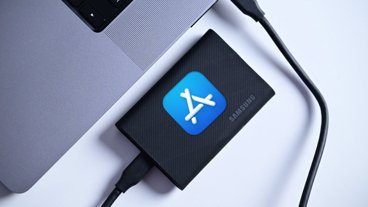AirPods Pro, in particular, are common targets for counterfeiters and some of them look exactly like the real things — but they never sound like them. Here's how to be sure you're getting the genuine article.
Counterfeiting of all wireless headphones is climbing, but reportedly the higher price of AirPods Pro makes them particularly attractive to companies selling fakes. The retail price of $249 means both that anyone would be tempted by "discount" — and there's room for the fakers to make money even at half price.
The sole guaranteed ways you can be certain that your new AirPods Pro are indeed new AirPods Pro starts with buying them from Apple, or an authorized Apple dealer.
There are genuine deals to be had from different resellers as they vie for your dollars. That may include incentives like free shipping, or it can just come straight down to lower prices.
When you're in the market to buy real AirPods Pro, check out the updated deals page on AppleInsider. Deals can be great, but they never last long because sometimes a company is running them as a loss leader, aiming to earn more from you on other purchases.
Buy safely
Apple is always, invariably, the most expensive way to buy them as the company never does discounts. It might sweeten the deal with a gift card under special circumstances, but Apple does not do sale prices.
It also doesn't include AirPods Pro in its refurbished stock, at least not at time of writing.
Amazon does sell AirPods Pro in its Renewed store. They're not new, but they have been inspected and, moreover, come with a 90-day return policy that you can be sure of.
In theory you can expect returns to work with any Amazon dealer, but with so many dealer selling so much via the company, you can't be sure. This is not to knock Amazon resellers, it's just to say that there's no definite way you can prove a dealer is legitimate and will honor a return.
Then there's the very strange beast that is eBay. At time of writing, it's possible to buy AirPods Pro — or what claim to be them anyway — for more than Apple's retail price.
And that's still not a guarantee that they're genuine.
The too good to be true test
It's true that Apple does have a high profit margin on everything it sells. But it typically keeps close to that margin no matter whether it's selling one pair to you, or half a million to a company.
So if you're being offered more than a small discount, something is wrong. It could be that they're fake, or it could be that they're old.
Unless you're buying from Apple, there's also no way to determine exactly how old a pair of AirPods Pro are. If they're two more years old, they could be real but their battery will run out so quickly they might as well not be.
The single biggest clue about a fake, then, is the price — and that's something you can tell before you spend any money. Do also look very closely at any images the seller shows you, although you have to remember that there's no way to prove what's in the shot is what you're buying.
Nonetheless, if there are any images, look for text. Look for labels on the box, look for any documentation. Remember that Apple is selling millions of these things, if it ever makes the slightest mistake in its packaging labels, that's fixed immediately.
Consequently, if you see a misplaced comma, don't buy. If the documentation doesn't look shiny-perfect the way Apple likes printing in high-resolution on heavy paper, don't buy.
Try them out, if you can
There's one more thing that you may catch sight of in photographs, but which will definitely be on the box when you get it. The serial number.
Take that number and enter it into Apple's "Check Your Service and Support Coverage" page online. In theory, and almost always in practice, this will return information including that it has a Valid Purchase Date.
There are also details about telephone technical support, and about repairs and service coverage. But it's the Valid Purchase Date that's key.
Unfortunately, it's possible that the the number was stolen from a legitimate device and printed on the label of every fake AirPods Pro being sold.
Since you've got them, though, you have more options around the serial number — but may not need them.
Pair the AirPods to your iPhone
If they're sold as brand new, never used, then the iPhone will recognise them and offer to connect. If they're secondhand, or fakes, the phone either won't react, or it will ask you to press and hold the reset button.
Depending on how much effort the counterfeiters have put into this, the iPhone may also just do nothing. If there is any actual Bluetooth speaker technology in them, you can still manually pair them to your iPhone — and then check settings.
Check settings
- Charge the AirPods Pro
- Pair the AirPods Pro to your iPhone
- Open the case
- On your iPhone, go to Settings, Bluetooth
- Tap the i for information icon at the right of the AirPods Pro name
- Tap and hold on the serial number that appears
- That copies the serial number and you can paste it into the "Check Your Service" site
This only works if the AirPods Pro have been paired with the iPhone, whether that's automatically or manually. When they have, they should appear in the list of Bluetooth devices automatically.
That's the case even if you've done this manually — you've reset them because you believe they're secondhand.
If they don't, it's a bit of a clue. If the serial number you copy from them isn't recognized by Apple, it's a big clue
But there is more. You can check the firmware settings.
Check the AirPods Pro firmware
- With the AirPods paired, charged, and out of the charging case
- Go to Settings, General, About
- Scroll down until you find the AirPods Pro listed
- Tap on their name
- Now look for Firmware Version
Again, you can tap and hold to actually copy that Firmware Version, but this time seeing it is enough. It will be a five-character number like 3E751.
Apple updates the firmware on occasion, and so the number will change. But it's not going to go down, and it's going to suddenly sprout seven characters with a dash or a forward slash in it.
Listen very carefully
So far everything has been about what to look for, what you should and should not see. AirPods Pro are headphones, though, and the sound is key.
Again, you can only do this if you've physically got the AirPods Pro, but as soon as you have, and as soon as you can, listen to music over them. Then turn on Noise Cancelling.
Next, ask Siri for the time. And then try making a phone call.
The odds are that you will hear music when you start, but it won't be very high quality. And then the odds are extremely high that nothing else will work at all.
It might, or it might appear to. Some counterfeits show the Noise Cancelling controls, they just don't do anything.
And similarly, you might be able to make phone calls using them, but it's likely that they lack the microphones that the genuine AirPods Pro have. Instead, it may be that the speaker in the "AirPods Pro" is doubling as a microphone.
If it looks like AirPods Pro, sounds like AirPods Pro...
They will not ever sound as good as AirPods Pro. There is a reason Apple's ones are expensive.
Okay, it's Apple. There are two reasons why AirPods Pro are expensive, and one of them is that they are very good.
Only, if you haven't heard them, you won't know the difference. Not unless the fakes are particularly poor. Once you have heard the real thing, you'll know right away, but otherwise you could carry on listening to the fakes and be none the wiser.
You might even have no problem with the idea of Apple being ripped off. Except you're being done, too.
For whatever cheap price you pay for fake AirPods Pro, you're paying far more than they are actually worth.
Keep up with everything Apple in the weekly AppleInsider Podcast — and get a fast news update from AppleInsider Daily. Just say, "Hey, Siri," to your HomePod mini and ask for these podcasts, and our latest HomeKit Insider episode too.
If you want an ad-free main AppleInsider Podcast experience, you can support the AppleInsider podcast by subscribing for $5 per month through Apple's Podcasts app, or via Patreon if you prefer any other podcast player.
 William Gallagher
William Gallagher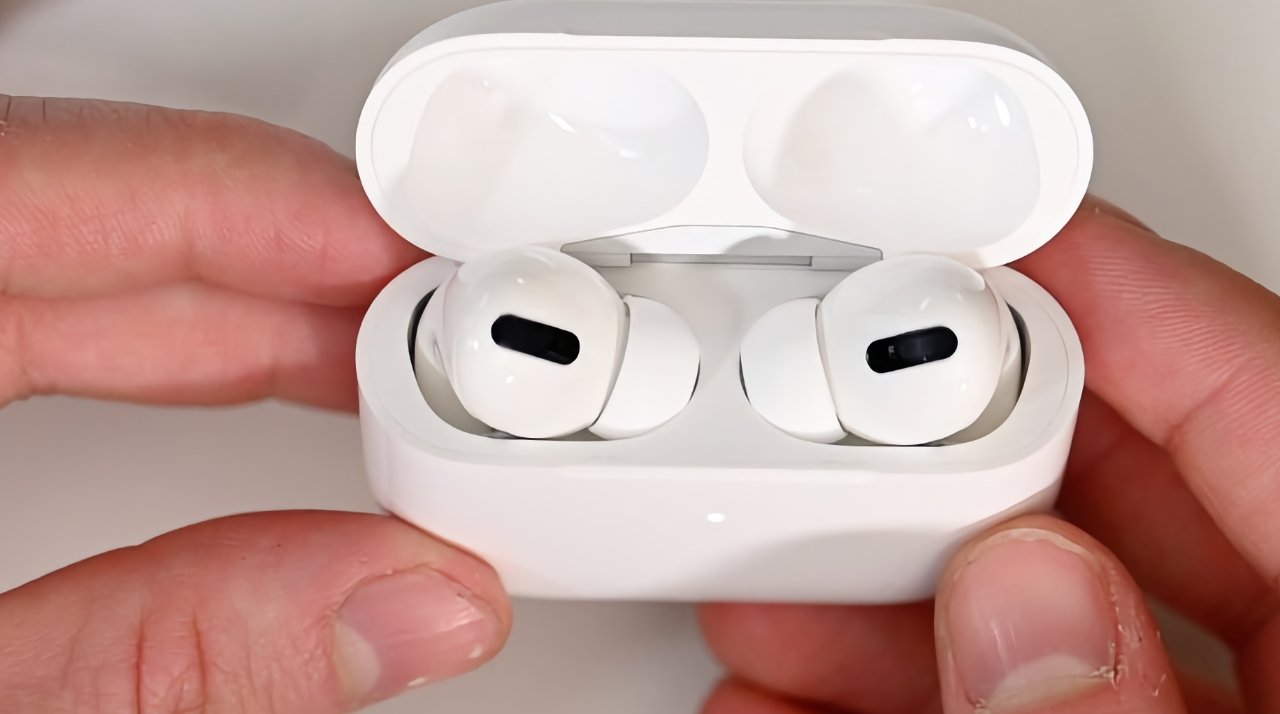
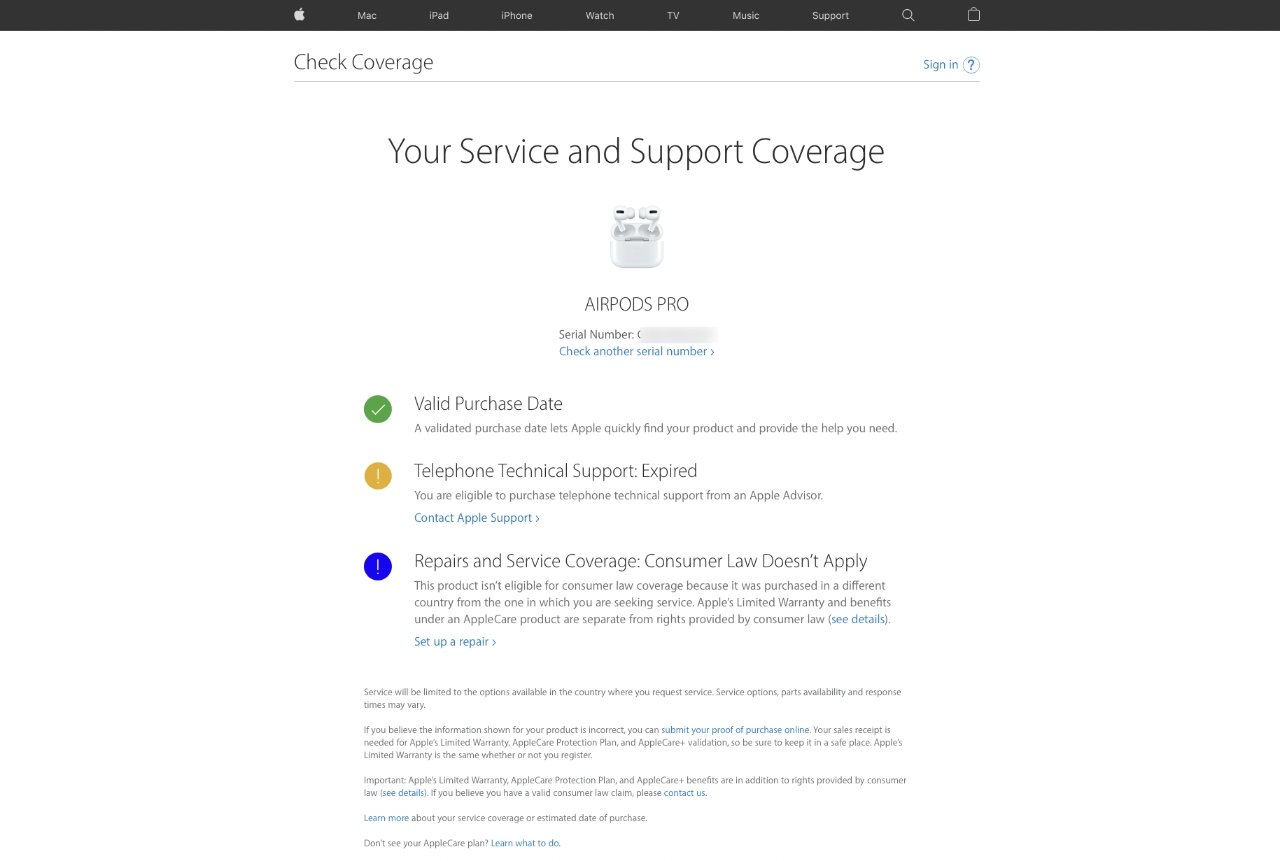
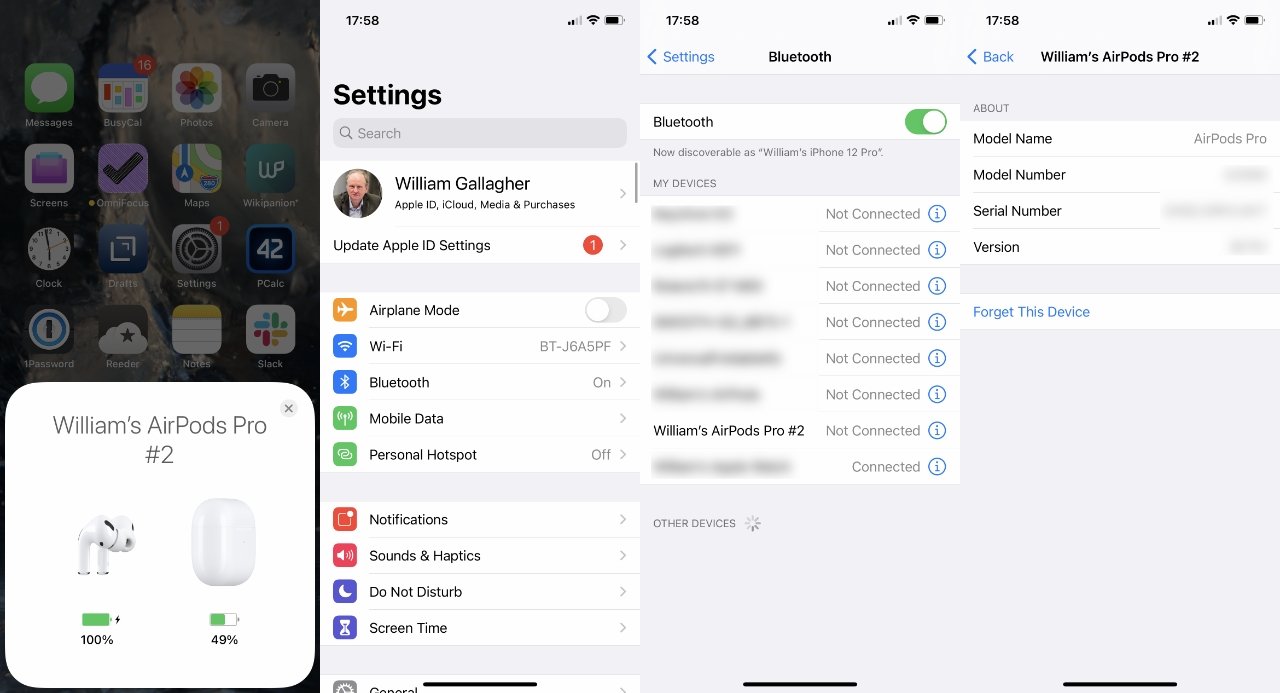
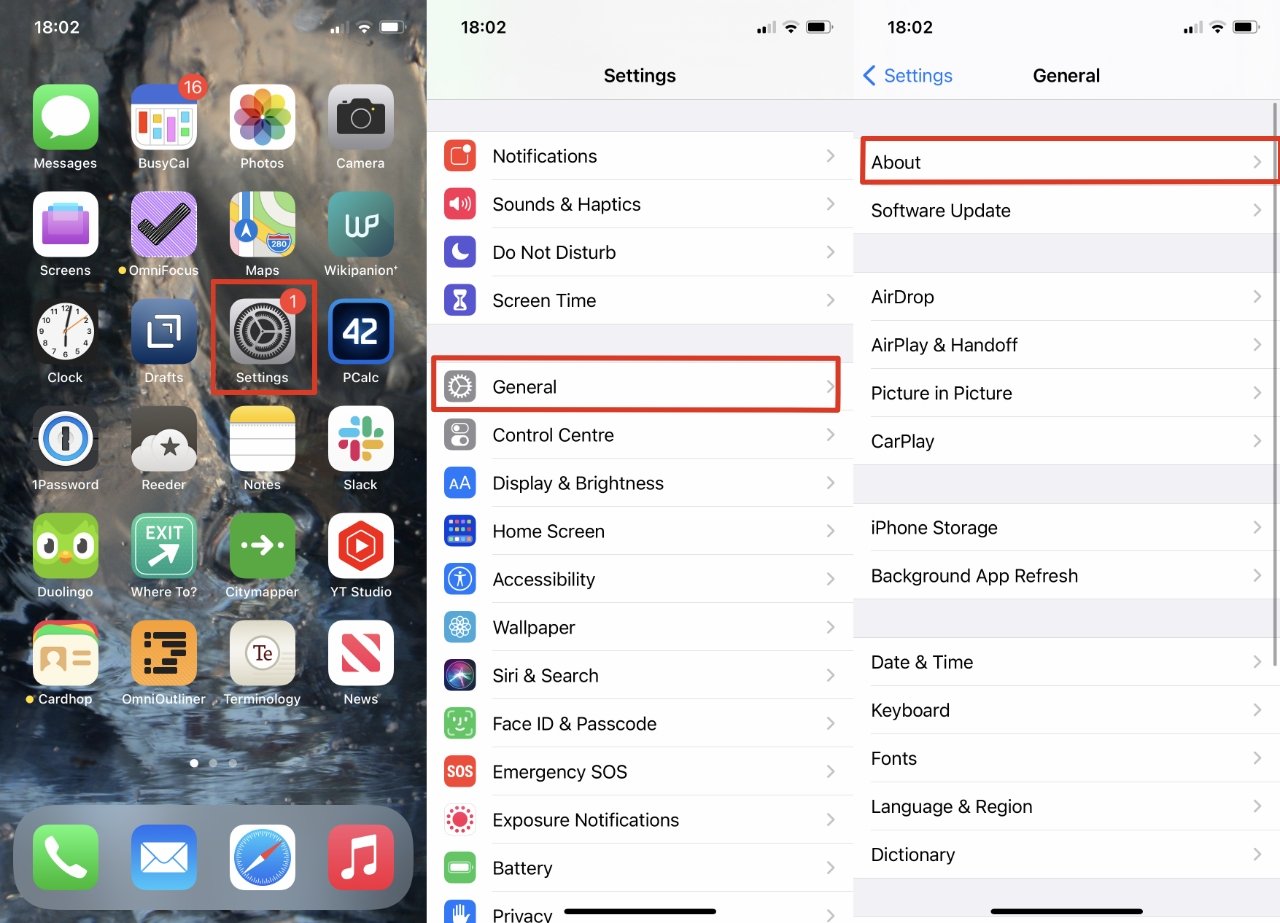

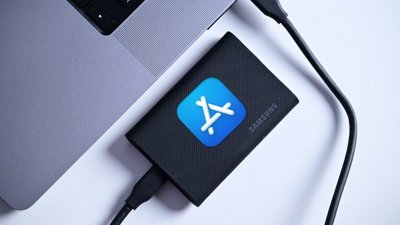
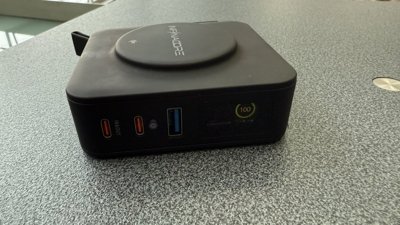
 Thomas Sibilly
Thomas Sibilly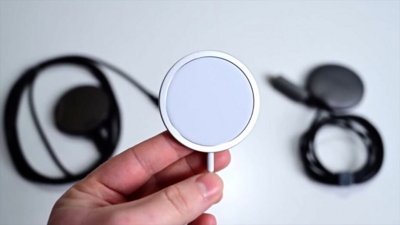
 Andrew O'Hara
Andrew O'Hara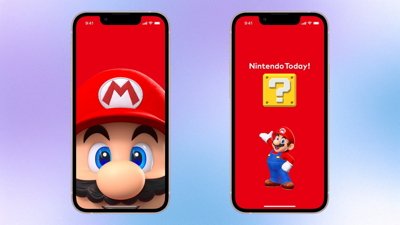
 Amber Neely
Amber Neely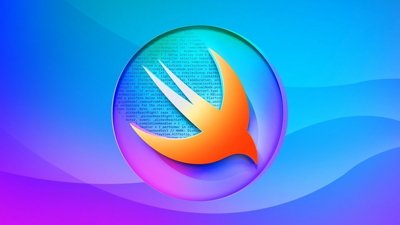
 Marko Zivkovic
Marko Zivkovic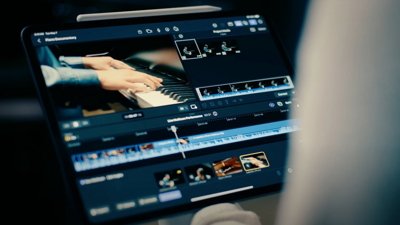
 Malcolm Owen
Malcolm Owen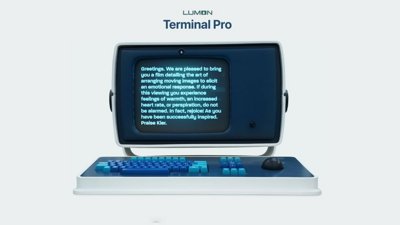
 William Gallagher and Mike Wuerthele
William Gallagher and Mike Wuerthele
